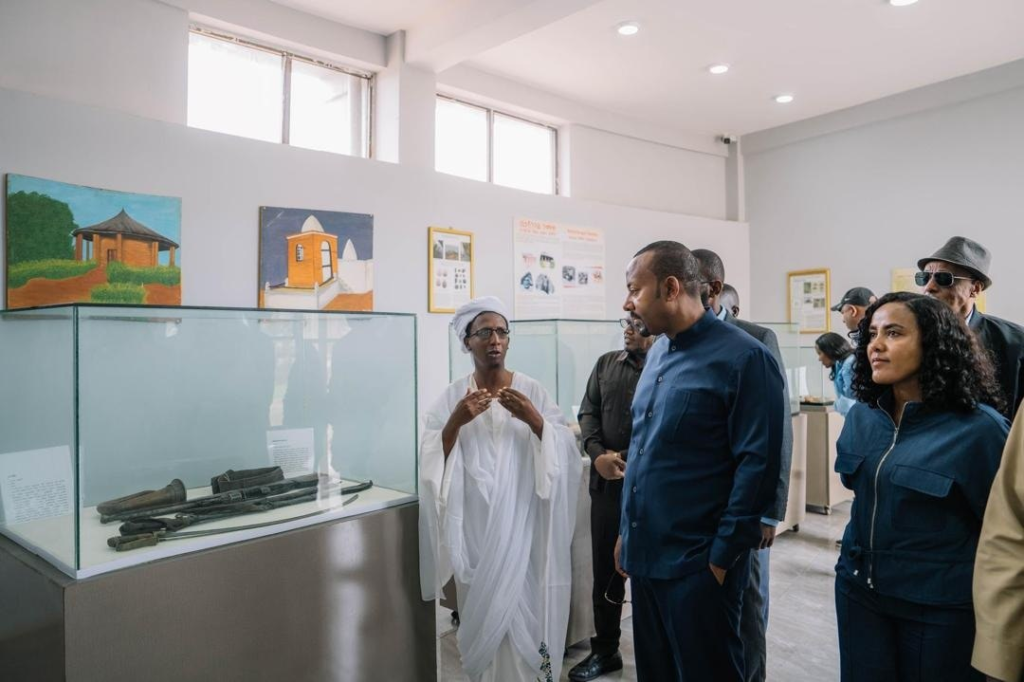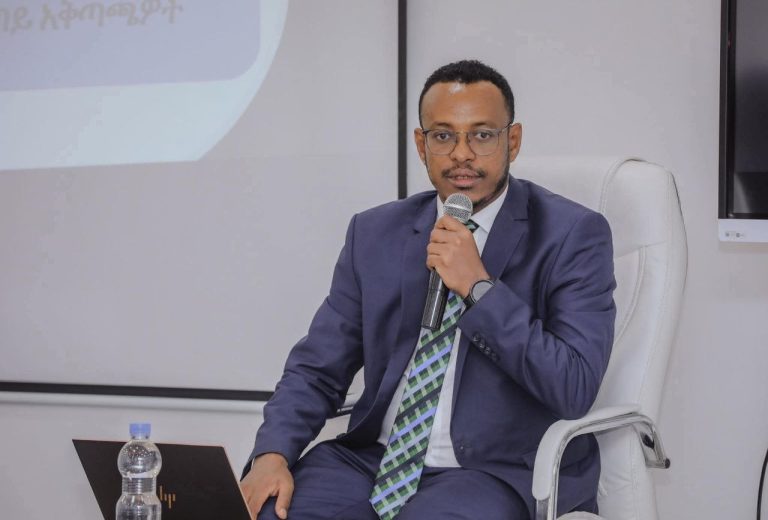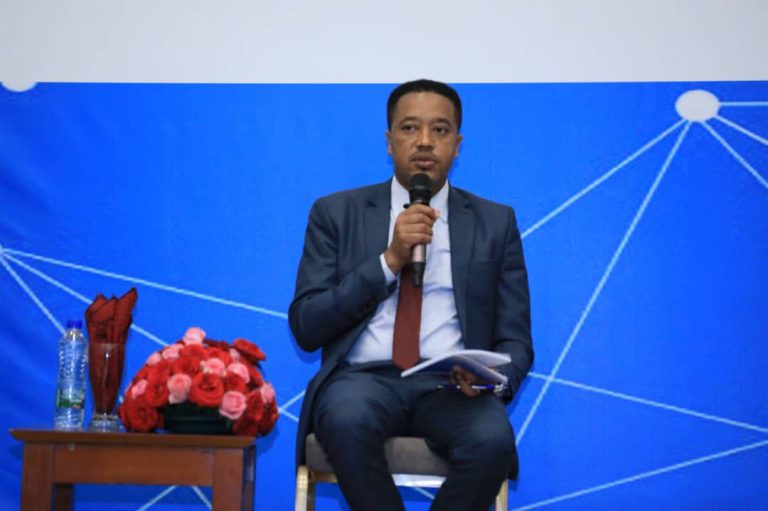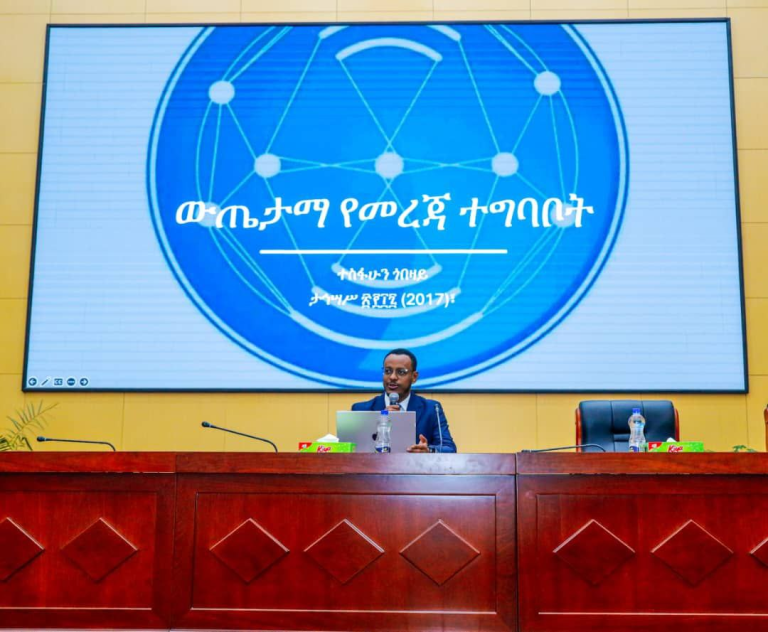Ethiopia Advances a Multi-Sectoral Approach to Inclusive Growth
August 25, 2025
In a decisive move toward comprehensive development, the Ethiopian government is strengthening its multi-sectoral economic strategy by integrating industrial, agricultural, and service sectors within a unified reform framework.
During his visit to Kumruk Gold Factory in Asossa, Prime Minister Abiy Ahmed emphasized Ethiopia’s ambition to become an entrepreneurial nation, harnessing its youthful workforce and rich natural resources to enhance national productivity and sustainable growth.
The Homegrown Economic Reform Agenda has brought about extensive macro-financial and structural changes, including the liberalization of vital sectors like telecommunications and banking, and fostering private sector investment to improve global competitiveness.
The modern facility exemplifies Ethiopia’s significant mineral resources. Official data indicates that by next year, half of its production capacity will be operational, representing a major milestone in the country’s mining sector and technological progress.
Ethiopia’s 2030 vision aims to position the country as a beacon of prosperity for Africa, focusing on balanced regional development, strengthening institutional capacity, and creating sustainable employment opportunities. Despite facing challenges such as inflation, rising debt, and foreign exchange shortages, the government’s multi-sectoral approach seeks to unlock hidden potential and hasten poverty reduction.
This strategic shift underscores Ethiopia’s dedication to resilient and equitable growth, driven by reform, innovation, and inclusive economic policies.






